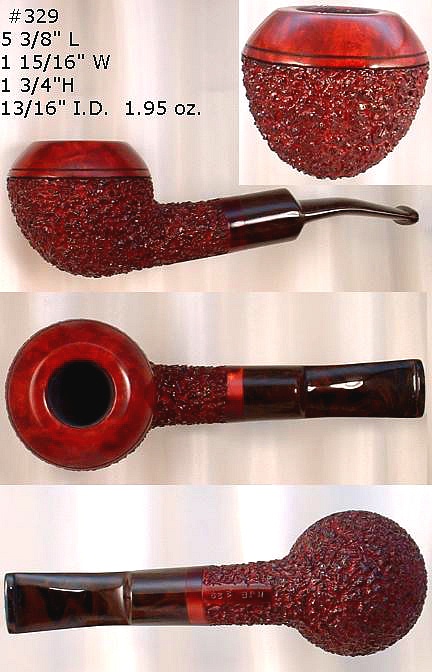showme1or2":tn0p490x said:
glpease":tn0p490x said:
An author is certainly not a "beefed up prince." If anything, it's a rhodesian derivative.
Greg, the word "derivative" just cracked open my mind to pipe shapes in a way I'd never considered before. I've got a question and will try to explain my way up to it.
I guess if someone had an omniscient view of the history of pipes then a record of the first ever shape could be made and subsequent developments/changes tracked.
Lacking that, however, I'll take whatever opinions may come of this question: Do you mean that an author is literally a derivative of a rhodesian shape (i.e. rhodesian surely came first and author followed and is clearly related), or that an author shape simply has more in common with a rhodesian than a prince?
I'd never considered derivations of pipe shapes. I just assumed they came about naturally. But, I can certainly see how the modification of one shape may be seen, if looked for, in another. Maybe this is more easily seen in modern pipemaking than earlier...or maybe it's the other way around. I'm still working on the canadian, liverpool, lumberman shape similarities/differences.
showme
A good question. When I used the word "derivative," I meant to imply that the author was, indeed, based on the rhodesian, but in reality, it's only through inference that I can claim this. I've seen rhodesians and bent bulldogs dating back to the late-mid-1800s, whilst the oldest examples of the author shape I've seen are from sometime in the early 20th Century. Since there's such an obvious family resemblance, I drew the possibly incorrect conclusion that the author was derived from the rhodesian.
I've seen it claimed that the bulldog was derived from the billiard, by cutting away "un-necessary" briar. I don't really agree that the wood in the cheeks of a pipe, where the heat tends to be most concentrated, is unnecessary, but however the bulldog came about, I'm glad it did. It's SUCH a cool shape.
Oh, wait. We're talking about authors.

I've got a Charatan special in an almost rhodesian shape. The pipe came with a double-discomfort mouthpiece, which snapped dramatically one day under the duress of being sat upon. The pipe sate on the shelf for years, and was recently sent to LL for one of his nifty, polished and ported acrylic mouthpieces. I figured as long as it was going to be a replacement anyway, I might as well get one that 1) works, 2) doesn't turn green from exposure to gamma rays, and 3) is actually good looking. He did a nice fat taper for it, and the pipe is gorgeous. Interestingly, it looks a little more like an author now, and less like a rhodesian. I'll have to shoot a picture. (By the way, the workmanship on that new mouthpieces is exemplary, but it pales in comparison to the one he made for a Peter Klein, but that's another tale.)
I've often had it in mind to see if I can, in a more scholarly way, track down the original shapes, and track how they evolved over time. It would certainly be time consuming, but what a great deal of fun the research would be.

In any case, since the briar pipe was first made in France, and since clay was the common material of the day, it would stand to reason that the first bruyères were in a cutty shape, or similar. Damn. I'll have to dig in to some research materials...
-glp (amateur pipe anthropologist in training)

![[3-Size Set] Copper Pipe Cleaner for Drill, Clean 1/2, 3/4, 1-in Copper Pipes & Tubes for Soldering, 3 Tube Cleaning Brushes, Model InerLok050, 075, 100, w/ Stainless-Steel Wire Bristles & 1/4” Shank](https://m.media-amazon.com/images/I/41QVxunlqML._SL500_.jpg)

































